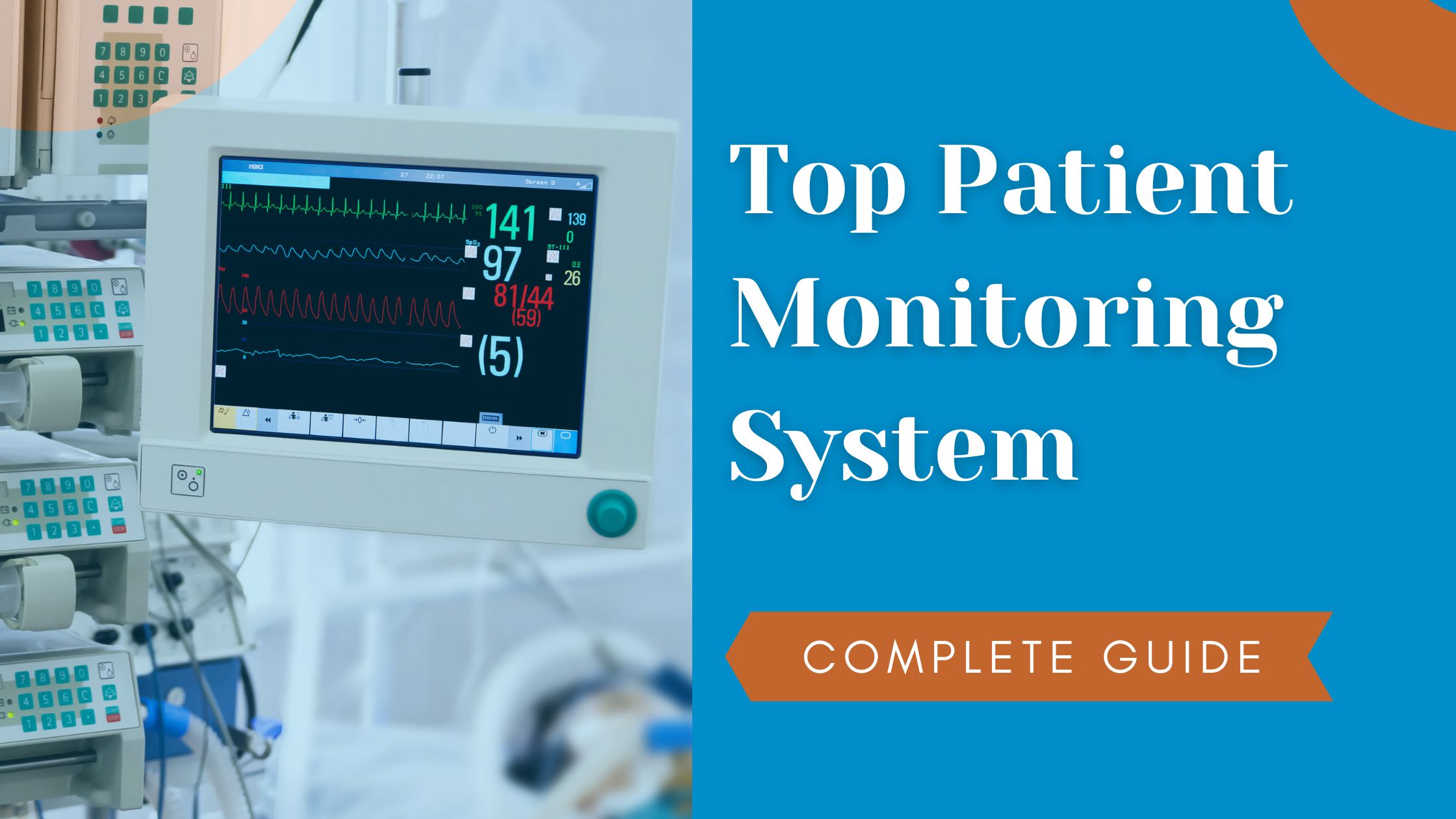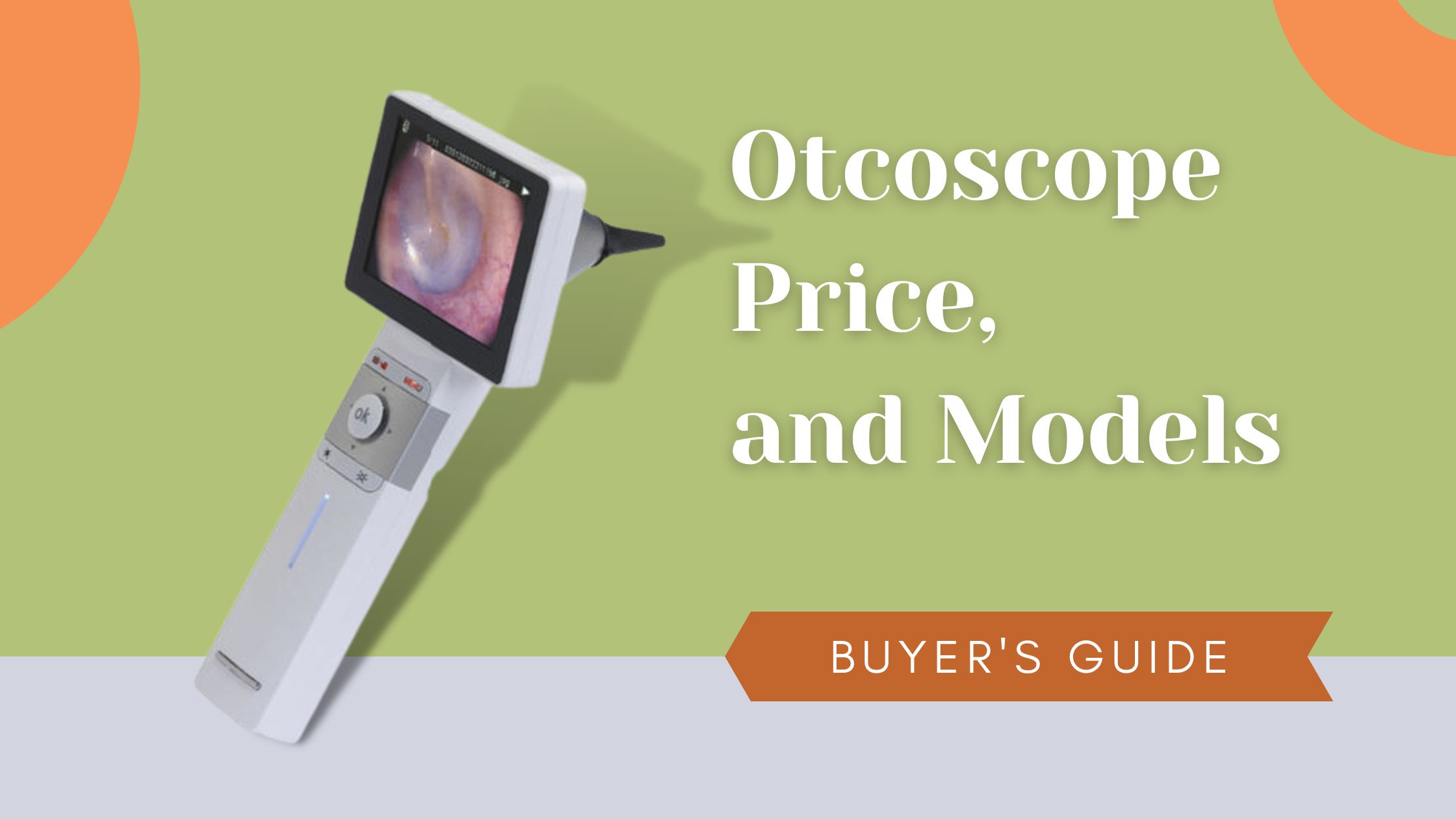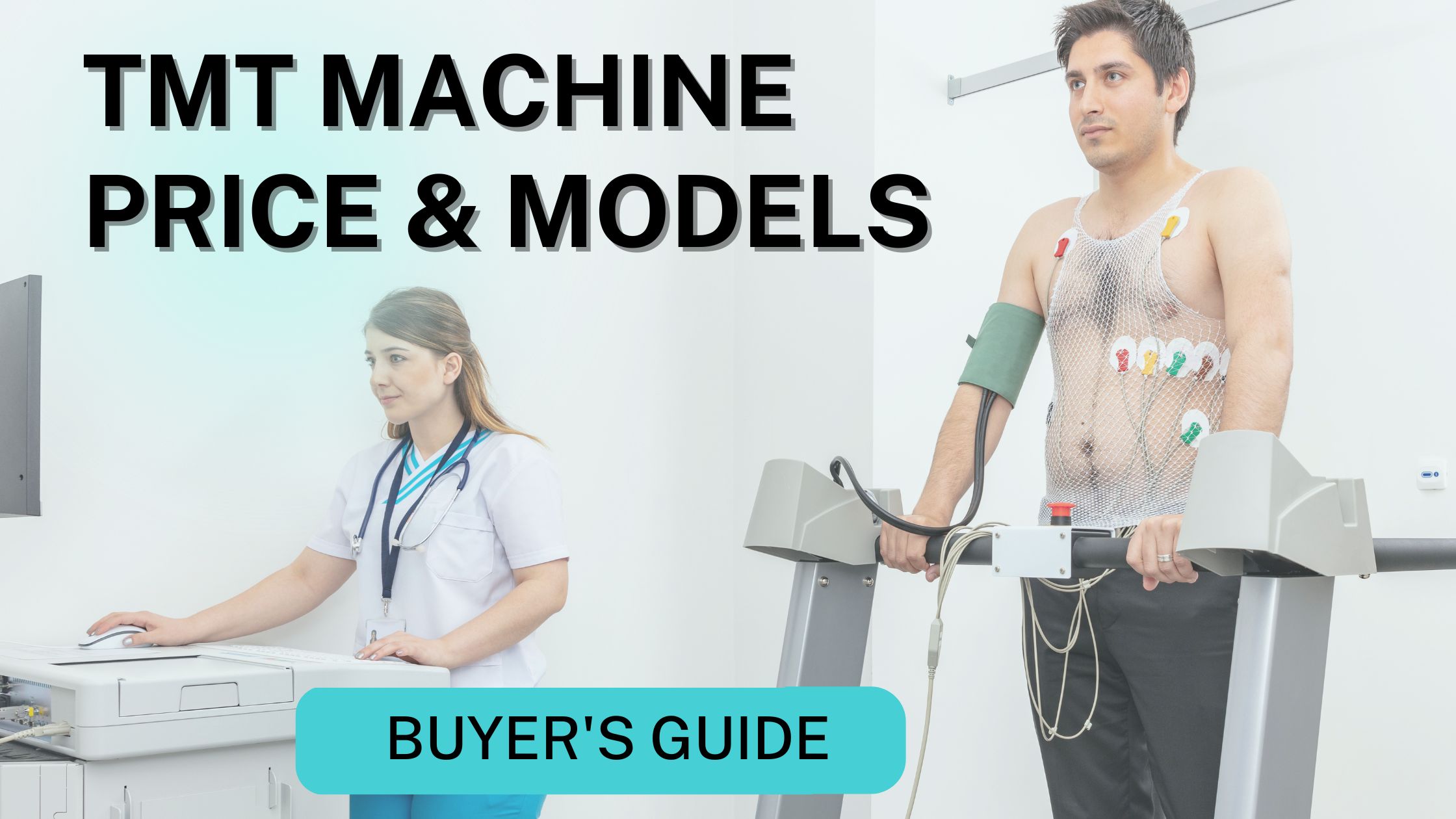What is a compression pump?
The pneumatic compression pump is a device that helps move the fluids out of an area of the body that has excessive fluid. The pump applies the lightest pressure at the starting point farthest out of a body and gently compresses towards the centre of the body.
- What is a compression pump?
- What is the compression pump used for?
- What are lymphedema pumps?
- What is the cause of using a lymphedema pump?
- How many types of compression pumps?
- How to use a pump
- The Privileges of taking compression therapy
- Pros and Cons of a compression pump
- Demo video of a compression pump
- 6 Best Models of a compression pump
- Things you must know before using a compression pump
- Things to consider before buying a compression pump
- Final thoughts
- Frequently Asked Questions:-
What is the compression pump used for?
The compression pump provides the sequential pneumatic treatment for the swelling condition by imitating the lymphatic system and helps lymph fluid move out from the affected area in the right direction via the body; the pump therapy also helps in the wound healing by increasing the blood and circulation.
What are lymphedema pumps?
The pneumatic compression device for the lymphedema consists of an air pump and sleeve that fits over extremely normally, your legs and arms. Air pressure applied by the device to your limbs can experience light modifications in the fluid movement for an overall therapeutic benefit.
What is the cause of using a lymphedema pump?
The main goal of the pump is to move excess fluid out of the affected limbs and back it to the cardiovascular system.
Sometimes, you could have to use a pump at home under professional guidance. And on another hand, it’s used most generally in treatment facilities as part of the professional’s services.
How many types of compression pumps?
There are three types of compression pumps; Single chamber non-programmable pumps are the simplest pumps consisting of a single chamber that is inflated at one time to apply the uniform pressure
Multi-chamber and non-programmable pumps have multiple chambers ranging from 2 to 12 and more.
Types of the compression pump
DVT Pump machine
DVT compression pumps are pneumatic compression pumps designed to prevent people from getting deep vein thrombosis DVT, which can be life-threatening. DVT compression pumps deliver pressure to increase the blood flow in the venous system of those limbs so blood does not clot. The lack of proper blood flow clotting leads to blotted clotting.
What is a DVT compression device?
(IPC) An intermittent pneumatic compression device is used to help prevent blood clots in the deep veins of the legs. The usage of the equipment cuffs around the legs that fill it with air and squeeze your legs increases the blood flow via the veins of your legs and helps prevent the blood clots.
There are two types of pumps that are widely used for the treatment of lymphedema the major difference in these pumps is which preparatory phases are managed.
Sequential Gradient Pump
The sequential gradient pump is a pump that treated the patient’s legs is an automated pump that pushes the air into the channels built into the garments worn by the patients when uses control of the pumps cause the garment to inflate releases in Gental sequential movements that imitate the flow of lymph from the distal end of the lymph. Hand & foot towards the trunk of the body.
Before using the pump, consult with your lymphedema therapist as to the position of the lymph treated.
The Flexi touch pump
The Flexi touch pump, such as shown below and treating the patient’s arm it differs from another pump that is automatically completed both the treatment phases when you received the pump setting must be adjusted both the preparatory phase and treatment phase includes the proper pressure and the length of the treatment.
How to use a pump
Before using the pump it is required to set the controls and garments these are different from each patient and based on the recommendations of the patient’s therapist. Receiving the box is on your doorstep is not worth it until the machine has been customized according to your need. Before shifting.
- After the setting is established, the patient must learn to be used don the garments and use the pump it is also necessary to have assistance in the process.
- Once the pump is used necessarily change the setting and it is important to know how to change these settings.
The Privileges of taking compression therapy
- It helps to improve athletic performance
- Treating the problematic veins
- Treating the lymphedema
- Reducing the appearance of the veins
- Blood flow and the healthy posture during pregnancy and during long frequently flights
- Relieves from the pain
- Give more oxygen to your muscles
- Keep your muscle warm and increase flexibility
- Enables the prevention and reduces the appearance of cellulite.
Pros and Cons of a compression pump
Pros
- It helps to relieve your discomfort pain
- Help to keep your muscle warm and increase the flexibility
- Improve your athlete’s performance
- Helps to treat the lymphedema
- Blood circulation improves during the long flights
- Improved the blood flow for salespeople, nurses and teachers who stand for long hours.
Cons
- Uncompensated organ failure not able to use this device
- Improperly compression stocking potential to cause dilemmas such as breaking the skin
Demo video of a compression pump
6 Best Models of a compression pump
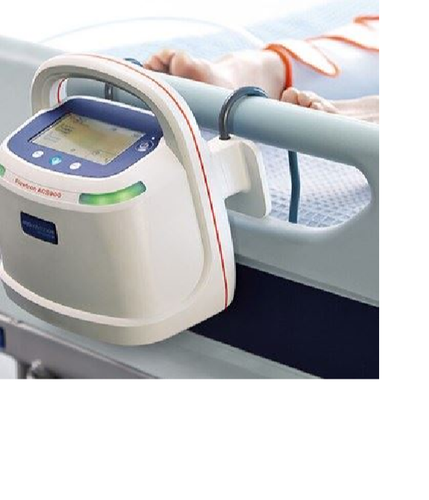
1) Flowtrown DVT Pump
- Brand – FLOWTRON
- Usage/Application – Hospital
- Device Type – the pneumatic limb compression device
- Compression Pattern – sequential compression
- Usage – Hospital, Clinic, Personal
- Application – Hospital
- Power Consumption – 40 watt
- Range Of Press – whole legs
- Minimum Order Quantity – 1
By mimicking the natural action of the ambulatory calf or foot pumps, Intermittent Pneumatic Compression (IPC) moves the blood in the deep veins of the leg reducing the risk of DVT formation
IPC is a simple and comfortable solution for medical and surgical patients, including those identified with high VTE or bleeding risk.
Multiple clinical guidelines support the use of Intermittent Pneumatic Compression as an effective therapeutic method of VTE prevention.
Our range of Flowtron DVT prevention pumps together with the associated garments provides a comprehensive portfolio of reliable and cost-effective products to support all clinical prefers.
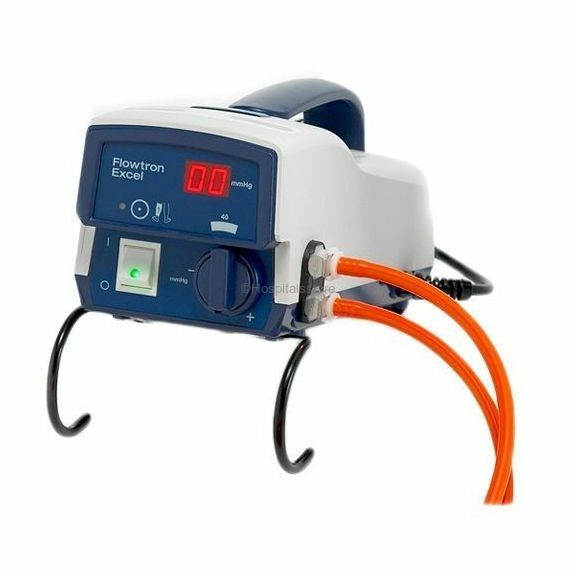
2) Arjohuntleigh Flowtron, Excel DVT Pump for deep vein thrombosis (DVT) treatment
- The Single-leg choice gives you the flexibility to use one garment
- The pressure regulator dial allows the pressure adjustment
- Noticeable LED display demonstrates real pressure
- The smart alarm feature minimizes disturbance and makes troubleshooting easy
- Easy to extend, anti-kink tubing for greater flexibility
- Simple and safe attachment of clothing to the pump avoids accidental disconnection
- The Flowtron Excel is appropriate as monotherapy or when coupled with a pharmacological agent for DVT prophylaxis in acute care environments, in the pre, intra and post-surgery stages.
The Flowtron, Excel is a clinically proven, efficient, non-invasive, mechanical prophylaxis system intended to decrease Deep Vein Thrombosis (DVT) occurrence. It was intended to provide compression of the calf and/or thigh and can be used in dual or single leg mode, offering flexibility and selection. Clear audible and visual alarm indicators ensure that the pump always delivers the right pressure.

3) Flexitouch Compression, Pd32-u Lymphedema Treatment System Pump
- MODERN
- Right & Left Foot/Calf Garments Included
- User Included – Instructional Video
It works on 120V and only has worked on leg attachment. You may be able to access other attachments of the machine.
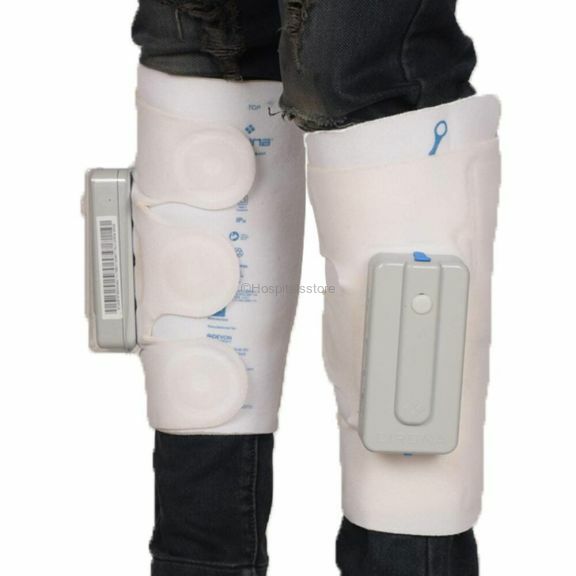
4) Cirona 6300 Portable DVT pump Device for deep vein thrombosis (DVT)
- Portable: Adequate for use on the go or at home
- Convenient: Comes with rechargeable batteries which can last up to 8 hours.
- Simple: Easy to use one button operation
- Comfortable: Adjustable sleeves are produced of smooth, atmospheric fabric
- Single Patient Use
- Weight : 300 gm
- Charging Time : 3 Hours
- Default Pressure : 50 mmHG
- Battery Voltage : 3.7 V
- Battery Capacity : 1350mAh
- Dimension: 65 x 130 x 30 mm
- Electrical:AC Input 100-240 Volts, AC 50/60Hz,500mA MAX, DC Output: 5V 2A (2 Plugs)
- Operation Mode: Continuous / 8 hours
- Battery Type: Lithium battery
- Rest Period: 50 seconds
The Cirona 6300 is our first mobile Deep Vein Thrombosis Prevention Therapy Device. This tool can be used at home or in the hospital environment and can help prevent DVT by enhancing adequate blood circulation in the body, as well as helping to reduce postoperative pain and inflammation.
The compression therapy it offers imitates the natural contractions of the body’s muscle, thereby increasing venous blood flow to the extremities of the patient.
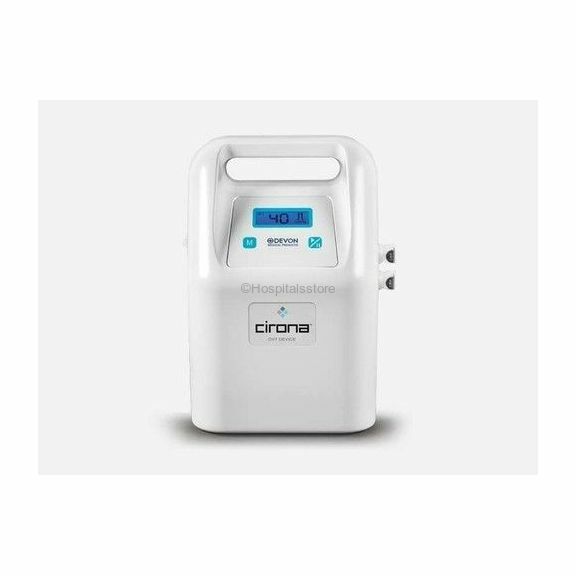
5) CIRONA 6200 Pneumatic Compression Device (DVT Pump) for deep vein thrombosis with 1 pair calf
- Portable: The Cirona® 6200 has a detachable power cord which can allow for easy transport of the device.
- Customizable: This system offers customizable treatment options allowing the patient to use on one leg or both legs.
- Accessible: Patients who are in need can access the benefits this device has to offer through most insurance providers
- Pump: E0676
- Extension Tubing: A9900
- Sleeves: A9900
The Cirona 6200 has two added features over its predecessor; a rechargeable battery to provide portable therapy and a detachable power cord to provide users with an even friendlier DVT pump. Expect the same quality and comfort that the 6100 provides with the Cirona6200 DVT prevention therapy pump. When using the device, air compression will quickly inflate the garments during a timed cycle. The timed cycle includes a 12-second inflation period as well as a 48-second relaxation period. This type of rapid air compression and deflation is a powerful effective therapy that may increase venous blood flow and help prevent the painful symptoms of serious, life-threatening blood clots.
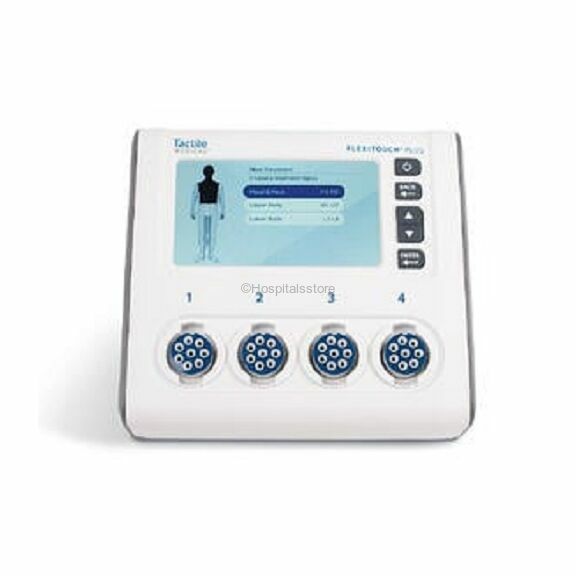
6) Tactile Medical, Flexitouch Plus Lymphedema Dvt Pump
- The Flexitouch Plus system and garments for legs, arms, trunk and chest are intended.
- Lymphedema
- Primary Lymphedema
- Post mastectomy edema
- Phlebolymphedema
- Lipedema
- Edema following trauma and sports injuries
- Post immobilization edema
- Venous insufficiency
- Reducing wound healing time
- Treatment and assistance in healing stasis dermatitis, venous stasis ulcers, or arterial and diabetic leg ulcers
The Flexitouch Plus system should not be used if you have one or more of the following conditions: Heart failure (acute pulmonary edema, decompensated acute heart failure)
Acute venous disease (acute thrombophlebitis, acute deep venous thrombosis, acute pulmonary embolism)
Severe peripheral artery disease (critical limb ischemia including ischemic rest pain, arterial wounds or gangrene)
Active skin or limb infection/inflammatory disease (acute cellulitis, other uncontrolled skin or untreated inflammatory skin disease)
Any circumstance where the increased lymphatic or venous return is undesirable
During pregnancy (applies only to the Flexitouch Plus trunk accessory)
Things you must know before using a compression pump
If a compression pump is used to alleviate symptoms of lymphedema or the DVT treatment care it should be taken that infection and metastatic disease is not displayed. In the case of pulmonary edema or phlebitis, extreme caution must be exercised.
People with some conditions should not use the external compression pump:
- Numbness and pain of the limit
- Heart failure or pulmonary edema disease
- Infected/untreated wounds
- Recently skin grafts
- The gangrene
- Severe peripheral arteriosclerosis, other ischemic diseases
- The Dermatitis
Before starting any therapy consult with your doctor and discuss if you notice any change and symptoms or treatment before any new therapies are started or attempted.
Things to consider before buying a compression pump
There are many different ways available of administering compression therapy. Before buying the compression pump a medical professional must always be consulted regarding the compression emphasis.
The medical advisor gives you a few guides to help and provide the specific information that will give you a better idea of picking the specific product.
This guide includes the sizing guides for different compression, hosiery brands, comparison charts, of pumps about the compression therapy materials.
Final thoughts
lymphedema can be related to your legs and arms, it is good to consult and take all the pre-checkup before starting any kind of compression therapy by yourself. Checkup and precautions should be your priority. After taking all the precautions and taking advice from the physician you must start your therapy under the surveillance of your consultant.
Frequently Asked Questions:-
- How long you should use a compression pump?
The Mechanical compression devices should be used at least 18-20 hours a day to be effective. Graduated compression stockings and other mechanical compression devices are not effective unless they are worn at least 18- 20 hours a day.
2. Need any prescription for using a lymphedema pump?
yes, lymphedema/sequential pneumatic compression pump device required a physician, consulting prescription to rent or purchase the pump.
3. Do? Leg compression machine works?
The simple answer is Yes, Compression therapy works and can improve the quality of life for people with many conditions. Doctors often prescribe it to prevent venous insufficiency from becoming more serious.
4. How many stages of lymphedema?
There are 4 stages of lymphedema:-
- Abnormal flow in the lymphatic system. No signs or symptoms.
- Accumulation of fluid with swelling
- Permanent swelling that does not resolve with elevation
- Elephantiasis (large deformed limb), skin thickening with “wart-like” growth and extensive scarring
5. Does lymphedema cause weight gain?
The actual answer is Lymphedema can indeed encourage the body to retain more fat, resulting in weight gain that happens slowly. The fluid that accumulates on the lymphedematous limb can cause overall weight gain.
6. Is that compression pumps work?
Experts says, widely in their opinions about the safety and effectiveness of pneumatic pumps, so you should ask your lymphedema therapist for his or her opinion. Some research studies have shown that pumping is effective for some people when used in addition to the main treatment plan.
7. Benefits of leg compression therapy?
Benefits of the therapy
- Better blood flow
- less swelling
- healing leg ulcers
- lower risk of blood clots
- prevention and treatment of varicose veins
8. Does compression help blood clots?
Compression stockings not only improve blood flow, but also reduce swelling and pain. They are particularly recommended for the prevention of DVT because the pressure stops blood from pooling and clotting.
9. Should you massage the blood clot?
While there is nothing physically preventing you from going and getting a massage if you have deep vein thrombosis, it is not advisable. The small blood clots that cause your deep vein thrombosis could break loose. When this happens it can cause serious, potentially fatal health problems such as a pulmonary embolism.
10. How does compression stockings prevent DVT?
Compression stockings are thought to reduce the risk of DVT by exerting graduated pressure on the leg, with the pressure being greatest at the ankle. This, when combined with muscular activity in the limb, is thought to displace blood from the superficial venous system to the deep venous system.

